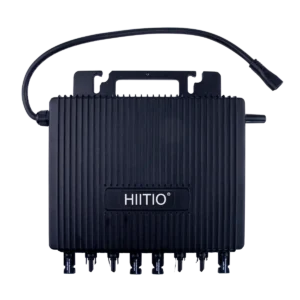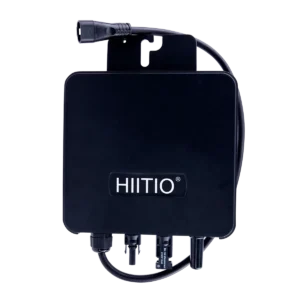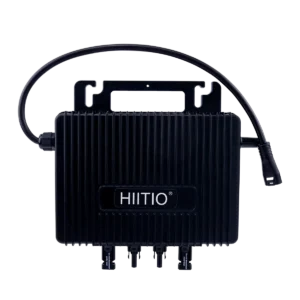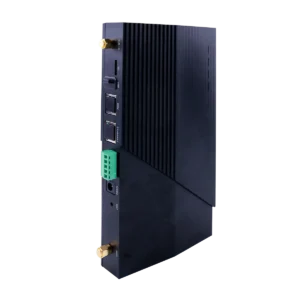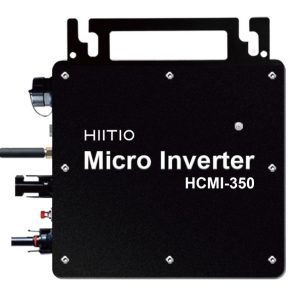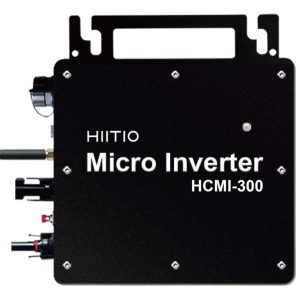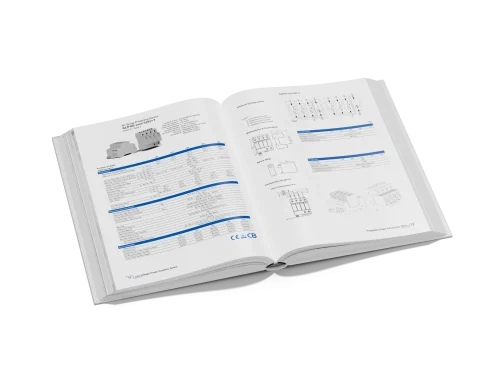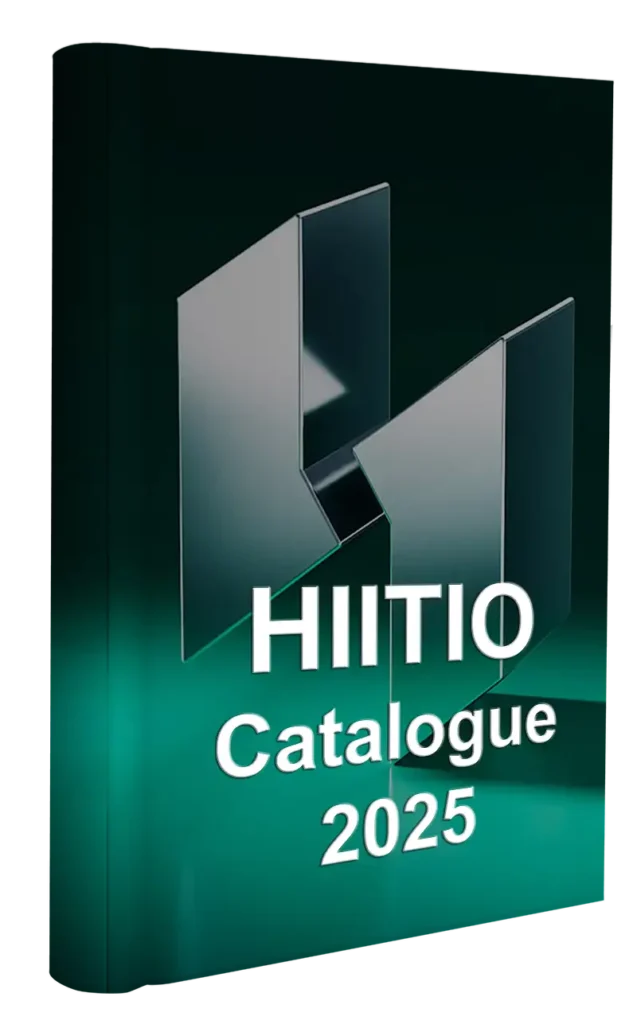As solar energy continues to power homes worldwide, choosing the right inverter for your solar system is a critical decision. Inverters convert the direct current (DC) electricity generated by your solar panels into alternating current (AC) electricity that powers your home. The two main types of inverters—microinverters and string inverters—each offer unique benefits and trade-offs. In this blog, we’ll break down the differences, explore their pros and cons, and help you decide which is best for your solar setup.
Understanding Microinverters and String Inverters
Microinverters: Power at the Panel Level
Microinverters are compact devices installed directly on or near each solar panel. Each microinverter converts DC to AC electricity independently for its connected panel, allowing for module-level optimization. This decentralized approach ensures that the performance of one panel doesn’t impact the others, making microinverters ideal for complex installations.
String Inverters: Centralized Power Conversion
String inverters, also known as central inverters, connect multiple solar panels in a series (or “string”) to a single inverter, typically mounted near your home’s electrical panel. The DC electricity from all panels in the string is converted to AC at this central point. String inverters are a cost-effective option for simpler solar setups.
Also read:
Top Microinverter Manufacturers in China
Micro Inverters: The Pros and Cons for Your Solar Power System
How to Choose the Right Micro Inverters?
Comparing Microinverters and String Inverters
Efficiency and Performance
Microinverters shine in scenarios where panels face varying conditions, such as partial shading, different roof orientations, or dirt accumulation. Since each panel operates independently, a shaded or underperforming panel won’t drag down the entire system’s output. Studies show microinverters can boost system efficiency by 5–25% in such conditions compared to string inverters.
String inverters, however, are highly efficient in unshaded, uniform installations. Their centralized design simplifies power conversion, but the entire string’s output is limited by the lowest-performing panel. For example, if one panel is shaded, the whole string’s production may drop significantly. Adding power optimizers to a string inverter system can mitigate this issue, but it increases costs and complexity.
Cost Considerations
String inverters are generally more affordable upfront, with lower per-watt costs due to fewer components. They’re a popular choice for large, unshaded installations where cost savings are a priority. However, their lifespan is typically shorter (8–15 years), requiring replacement sooner than microinverters.
Microinverters have a higher initial cost because each panel requires its own inverter. However, their longer lifespan (gives you peace of mind with a 25-year warranty, matching most solar panels) and lower maintenance costs can offset the upfront investment over time. Additionally, microinverters simplify system expansion, allowing you to add panels without upgrading a central inverter.
Installation and Maintenance
String inverters are easier and faster to install since only one unit is needed, reducing labor costs. However, their centralized design means a single point of failure: if the inverter fails, the entire system stops producing power until it’s repaired or replaced.
Microinverters require more installation time due to the need to mount a unit on each panel, but their decentralized nature enhances system reliability. If one microinverter fails, only the affected panel’s output is lost, and the rest of the system continues to operate. Maintenance is also simpler with microinverters, as they allow for panel-level monitoring, making it easier to diagnose issues remotely.

Scalability and Flexibility
Microinverters offer unmatched flexibility for system expansion. Adding new panels is as simple as installing additional panels with their own microinverters, making them ideal for homeowners planning to scale up their solar system in the future, such as after purchasing an electric vehicle or installing a heat pump.
String inverters are less flexible for expansion. Adding panels often requires reconfiguring strings or upgrading the inverter, which can be costly and complex. This makes string inverters better suited for systems designed to remain static.
Safety
Microinverters enhance safety by converting DC to AC at the panel level, reducing the risk of high-voltage DC wiring running through your home. This minimizes potential electrical hazards during installation or maintenance.
String inverters operate at higher DC voltages, which can pose safety risks if not properly managed. Additional safety equipment, such as rapid shutdown devices, is often required to comply with North American electrical codes.
Power Requirements and Regulatory Compliance
Microinverters are advantageous in such regulated markets because their modular design allows for precise power management at the panel level. Each microinverter typically handles 300-600W, making it easier to scale systems while staying within power limits. For example, a system with 10 panels can be configured with microinverters to output exactly the required wattage without exceeding regulatory caps. This flexibility is ideal for smaller or irregularly sized systems common in Germany’s residential sector.
String inverters, while cost-effective for larger systems, can face challenges in meeting these strict power limits. A single string inverter must be carefully sized to avoid exceeding the 4.6 kW threshold, which may limit the number of panels or require additional hardware like power optimizers to fine-tune output. This can increase system complexity and cost in regulated markets.
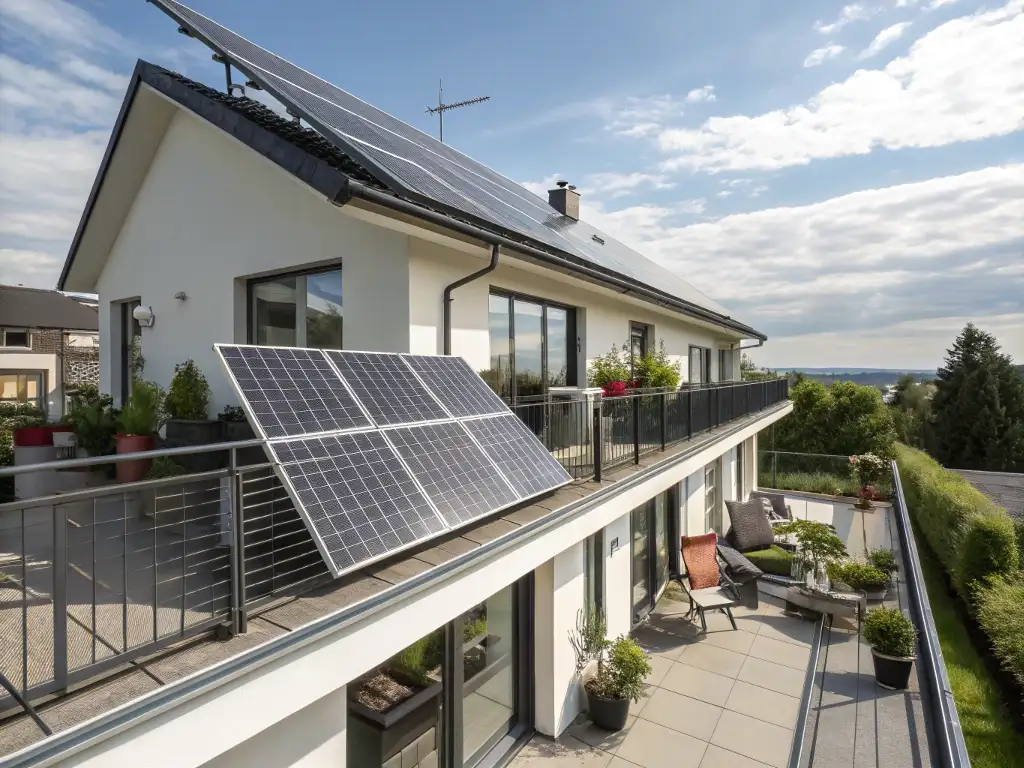
GET PROFESSIONAL CUSTOMIZED SOLUTION
Which Inverter Is Right for You?
Choosing between microinverters and string inverters depends on a variety of factors, including your home’s layout, energy goals, budget, and long-term plans. Here’s a detailed guide to help you make an informed decision:
Choose Microinverters If:
- Your roof has challenges: If your roof has partial shading from trees, chimneys, or nearby buildings, or if it features multiple angles or orientations, microinverters are a better choice. Their panel-level optimization ensures that each panel performs at its peak, unaffected by others, maximizing your system’s energy output.
- You value monitoring and diagnostics: Microinverters provide panel-level monitoring, allowing you to track each panel’s performance in real time via apps or online portals. This makes it easier to spot issues like dirt buildup or panel degradation, ensuring your system runs efficiently.
- You plan to expand your system: If you anticipate adding more panels in the future—perhaps to support an electric vehicle, home battery storage, or increased energy needs—microinverters make expansion straightforward. Simply add new panels with their own microinverters, without worrying about compatibility with an existing central inverter.
- Longevity and reliability matter: Microinverters typically come with warranties of up to 25 years, matching the lifespan of most solar panels. Their decentralized design reduces the risk of system-wide failures, offering peace of mind and lower maintenance costs over time.
- Safety is a priority: By converting DC to AC at the panel level, microinverters minimize high-voltage DC wiring in your home, reducing electrical risks during installation, maintenance, or emergencies like fires.
EXPLORE MORE HIITIO MICROINVERTER
Choose String Inverters If:
- You have an unshaded, uniform roof: If your solar panels are installed on a single, south-facing roof with no shading from trees or structures, string inverters can deliver high efficiency at a lower upfront cost.
- Budget is your primary concern: String inverters are typically 10–20% cheaper upfront than microinverters due to fewer components and simpler installation. If your budget is tight and your site conditions are ideal, this option can save you money initially.
- Your system is large and static: For larger installations where the system size is unlikely to change, string inverters provide a cost-effective solution. They’re particularly common in commercial settings or rural homes with ample, unshaded roof space.
- You’re comfortable with additional components: If shading or panel mismatch is a minor concern, you can pair string inverters with power optimizers to improve performance, though this adds complexity and cost.
Our Real Projects Worldwide
Our track record of successful cases operating seamlessly across the globe is the ultimate testament to the trust our clients place in us.
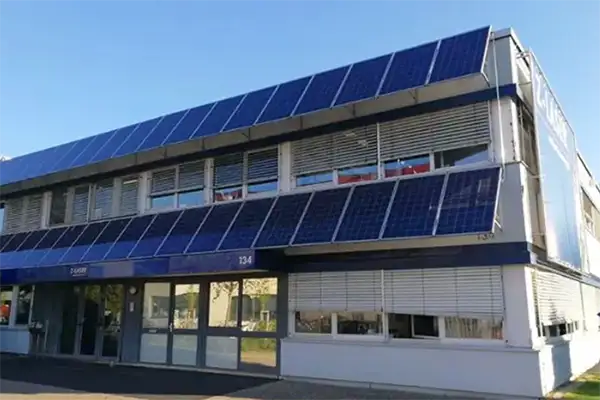
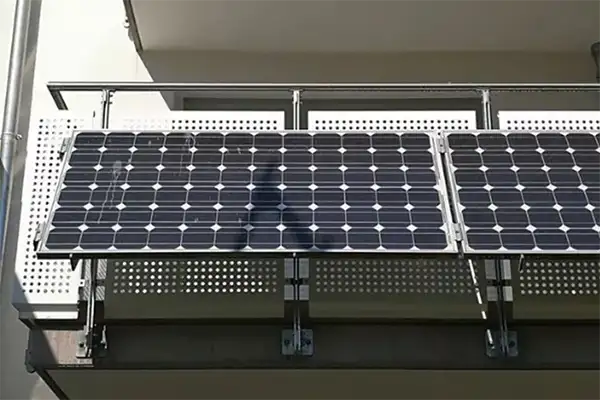
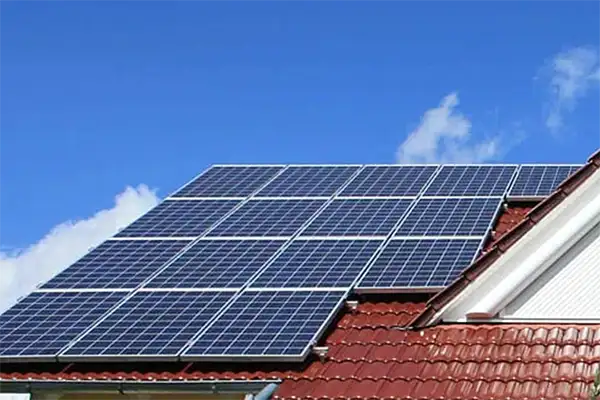
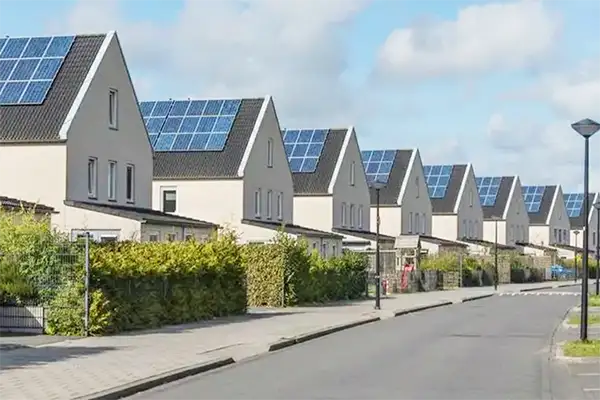
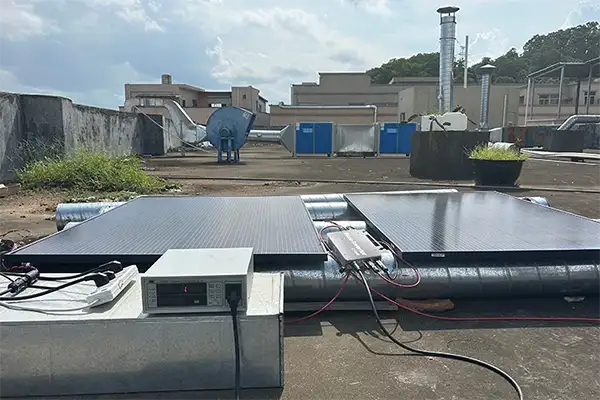
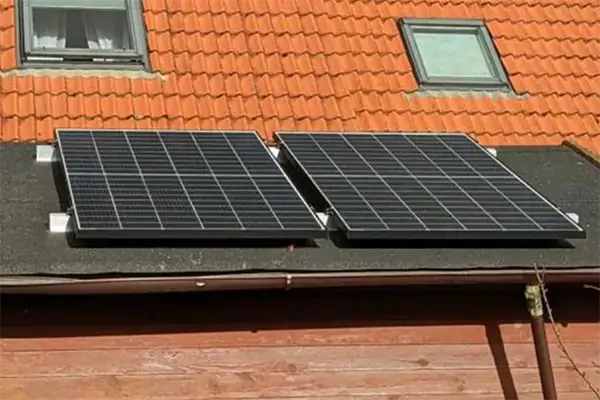
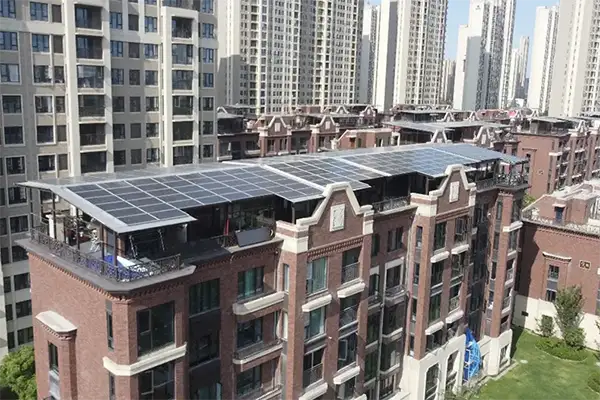
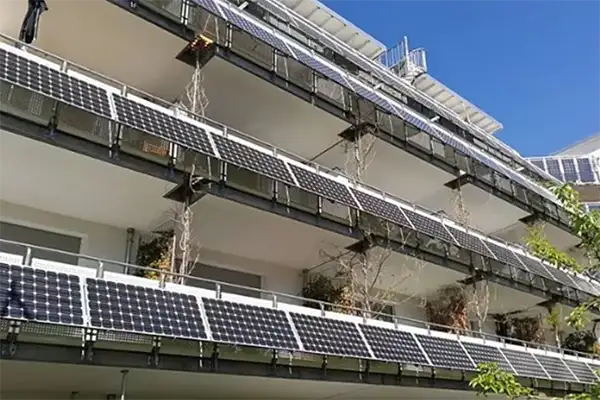
Why Choose HIITIO Microinverters?
HIITIO’s microinverters are engineered to deliver superior performance, reliability, and value. With advanced MPPT technology, our microinverters optimize each panel’s output, ensuring maximum energy harvest even in less-than-ideal conditions. Ready to power your home with clean energy? Contact HIITIO today at sales@hiitio.com to explore our wholesale microinverter solutions for a sustainable tomorrow.


